Allow me to share a little yarn with you about how I came to be the proud owner of this delightful linen runner with more than a little help from Flax Mill’s owners, Hermann and Marion Baur.
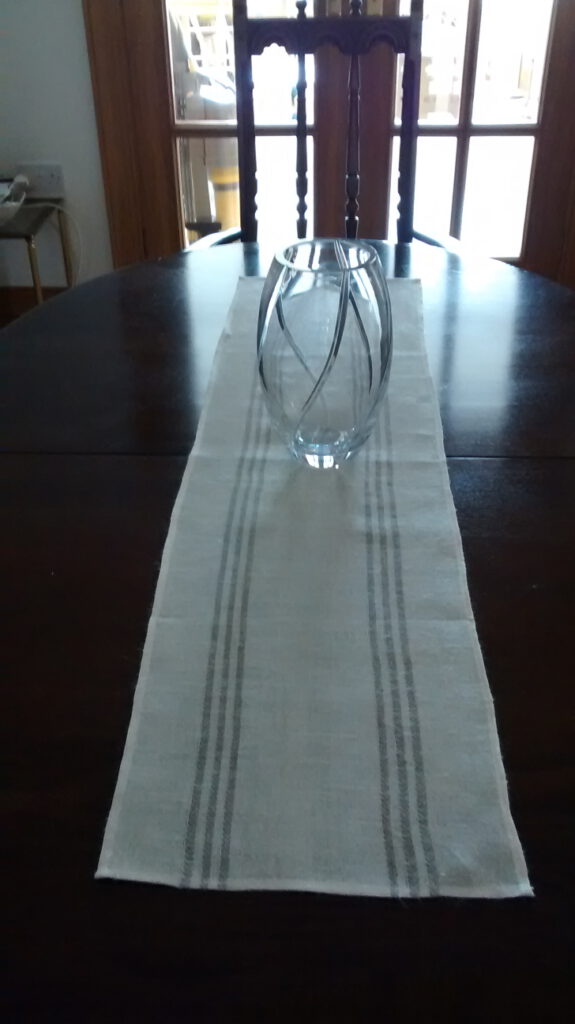
A little of my own background is first necessary to act as the warp upon which this little tale is woven. My name is Tiernan Stuart, though I also answer to Webmaster and Web Bastler (Bastler is German for tinkerer) here at the Flax Mill. My main duty is to ensure the website is always up and running, a job helped by a sojourn as a software engineer and a passion for flax and linen, first awakened back in the mid-nineties as a fresh-faced research student, eager to elicit new understanding from the secretive and elusive flax fibre. My first mentor Fred Sloan, pioneer of the Linron process for manufacturing linen blends, set me the task of discovering the formula for crease-proofing linen, possibly one of the oldest problems in the world still yet to be solved. I then joined a multidisciplinary team to tackle the thorny issue of improving the excellent Mackies’ Linmack 5 spinning machine, a task sadly cut short by the demise of the company itself.
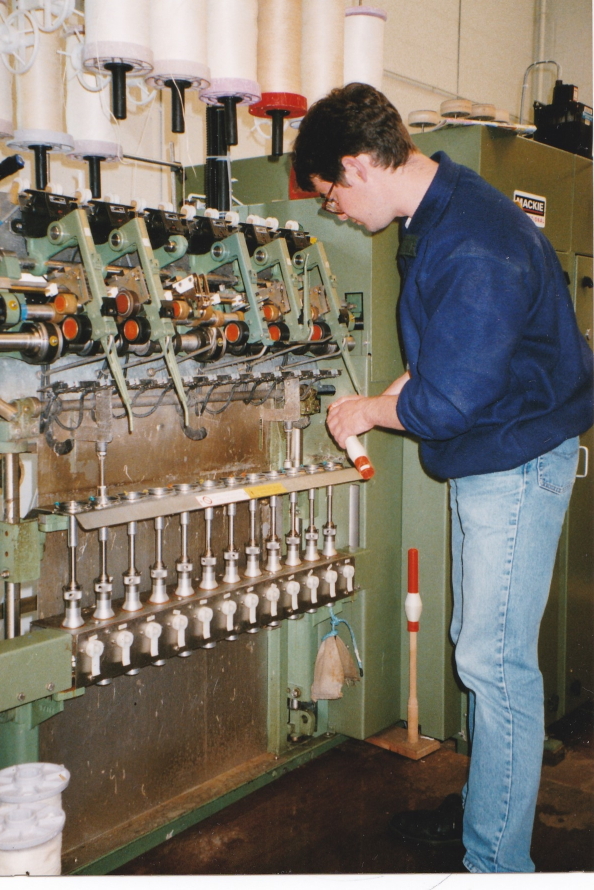
After a stint in Germany, funded by the German Academic Exchange Service (DAAD) to work with Professor Kessler on flax and hemp quality analysis, I was lucky to land a research post with Professor Sharma at Queens University Belfast, the author of the famous ‘Big Green Book’, “The Biology and Processing of Flax”: a copy of this very informative work is accessible through The Flax Mill library on request. Research there ranged from the the practical, studying flax-reinforced composites, through to the theoretical, examining the mechanism by which flax fibre so efficiently moves moisture along its length. Sadly funding ran out for the work and I was forced to retrain in computer programming in order to earn my keep.
Thankfully, after discovering the Flax Mill, my newfound software skills were put to good use promoting the cause of Irish Linen. Marion’s prodigious talents with the weaving frame inspired me to abandon my industrially influenced roots and adopt the artisan’s approach. I invested in a Louët S10C spinning wheel with the aim of tackling a vital missing link in Irish Linen production today, the making of yarn.
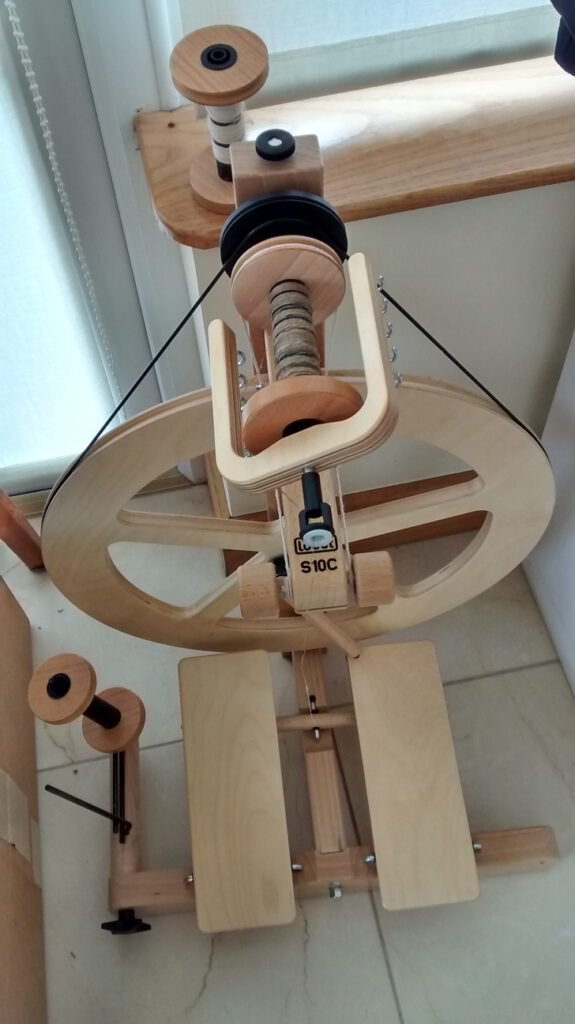
My early attempts were fraught with error though eventually, with helpful guidance from expert spinner Lorna Shannon, proprietor of Crann+Caora, I managed to spin something that vaguely resembled the yarns I had once produced on the Linmack pony frame. On my next visit to The Mill, I brought my yarn along for Hermann and Marion to cast their expert eye over. Marion whisked my improvised bobbin off the table with a gleam in her eye and a promise that a use could be found for my homespun efforts. On my return a few weeks later, she presented me with the runner shown above, a truly elegant setting to exhibit my humble efforts. For warp and weft, she used a combination of now rare Irish machine-spun yarns, detailed in the caption of the image below, whose manufacturers have long since passed into the history books.
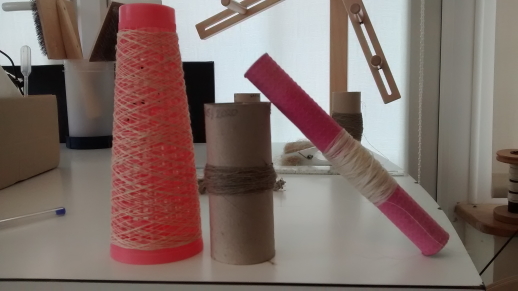
Marion’s skill managed to work wonders with my yarn as can be seen in a close-up of the runner’s decoration below.
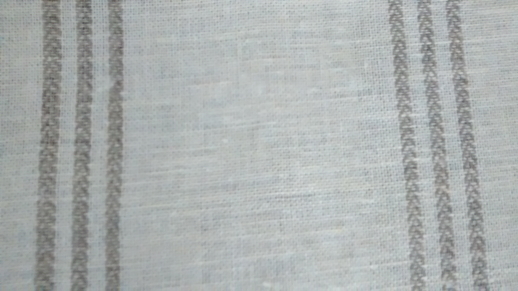
The runner now occupies pride of place on the dining room table as a reminder that the days of Irish Linen are far from over.
